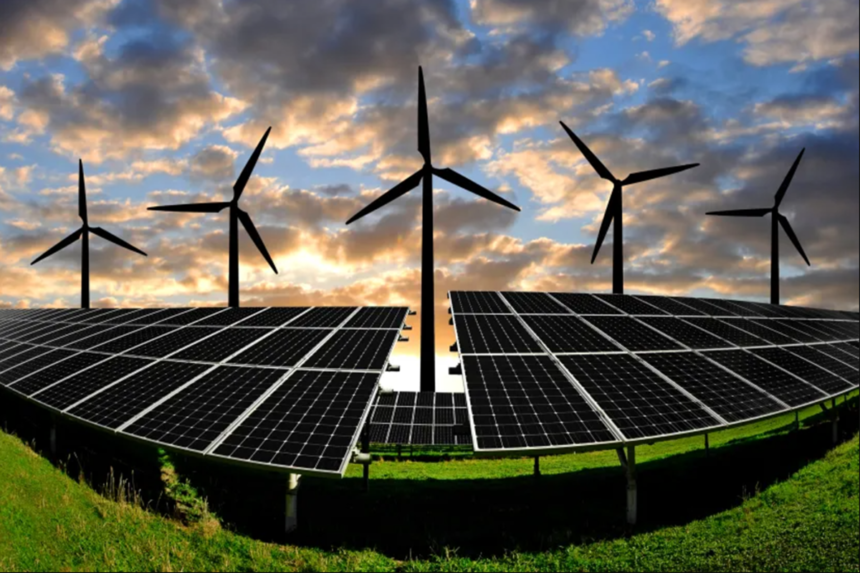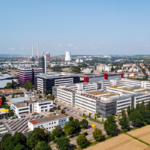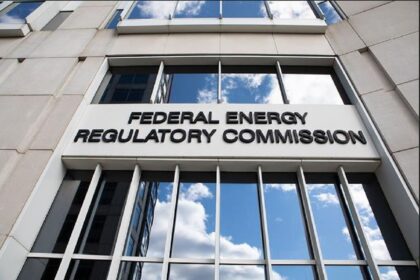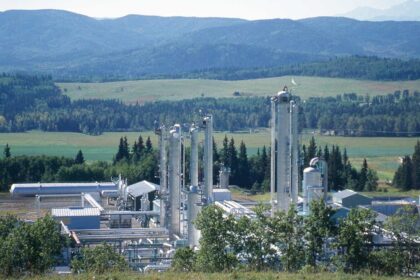The growing reliance on artificial intelligence (AI) is driving a surge in energy demand for data centers. As the sector grapples with unprecedented power needs, industry leaders like Matthias Rebellius, CEO of Siemens’s smart infrastructure division, argue that data centers must explore alternatives to green energy to meet these challenges. In an exclusive interview with the Wall Street Journal, Rebellius outlined the urgency for a comprehensive energy strategy that goes beyond renewables.
AI’s Role in Escalating Data Center Power Demands
As AI technologies advance, the energy consumption required to support them is skyrocketing. Rebellius highlighted the stark contrast between traditional data center operations and the new requirements driven by AI’s rapid growth. “The world needs a new plan,” he stated, stressing that renewable energy alone won’t suffice to power the expanding digital infrastructure.
Green Energy Alone Won’t Meet Data Center Power Needs
While many hyperscale data center providers, such as Amazon Web Services (AWS) and Microsoft, have increasingly entered into long-term renewable energy agreements, Rebellius remains skeptical about their capacity to meet the escalating demand. He emphasized the need for a multifaceted approach, where green energy is just one part of the solution.
Turning to Nuclear Power: A Low-Carbon Alternative
In 2024, some of the biggest players in the tech industry turned to nuclear power to address their energy requirements. AWS, Microsoft, and Google have secured offtake agreements with large-scale nuclear plants and small modular reactor (SMR) companies. However, Rebellius cautioned that the delivery dates for these nuclear solutions range from the mid-2030s to the 2040s, meaning they will not immediately alleviate the sector’s energy strain.
Immediate Solutions: Fossil Fuels as a Bridge to Sustainability
Given the current energy gap, some U.S. utilities are opting for a practical “all of the above” strategy, which includes keeping fossil fuel plants operational or restarting closed plants. Clair Moeller, President and COO of the Midcontinent Independent System Operator (MISO), argued that natural gas could play a key role in the short term, acting as a transitional energy source until cleaner alternatives can be fully integrated.
The Role of Natural Gas in Meeting AI-Driven Demand
Reports from S&P Global estimate that the demand for natural gas to support data centers could reach between three to six billion cubic feet per day, especially as the industry expands to accommodate AI workloads. This surge in demand for natural gas reflects the urgent need for reliable power as data centers scale rapidly.
What’s Next for Data Centers and Energy?
Despite the rapid growth driven by AI, Rebellius believes that the rate of expansion will eventually normalize. He predicts that although the sector will continue to experience double-digit growth, it won’t be at the extreme levels seen in recent years. This shift could provide a much-needed reprieve for energy providers and help stabilize the power demands of data centers.
A Diverse Energy Strategy: Key to Data Center Sustainability
As AI and data center growth continue to drive power demand to new heights, the sector’s reliance on a single energy source will not be sufficient. Rebellius’s call for a diverse energy strategy, combining renewable energy, nuclear power, and gas, underscores the importance of flexibility in securing a sustainable power future for the industry.
FAQ Section
1. Why is AI driving up data center energy demand?
AI technologies, especially machine learning and data-heavy applications, require massive computational power, resulting in significantly higher energy consumption at data centers.
2. Can renewable energy alone power the growing demand for data centers?
No, according to Matthias Rebellius, while renewables are crucial, data centers will need to rely on a mix of energy sources, including nuclear and gas, to meet the rising demand.
3. How are data centers addressing their energy needs in the short term?
Many data centers are exploring fossil fuel sources, such as natural gas, as a temporary solution while transitioning to low-carbon alternatives like nuclear power and renewable energy.
4. What is the timeline for nuclear power to support data centers?
The delivery of nuclear power solutions, particularly through small modular reactors, is expected to begin around the mid-2030s and extend into the 2040s.
5. Will AI growth slow down in the near future?
Rebellius predicts that while the current AI-driven growth is extreme, the pace will eventually normalize, though the data center sector will continue to experience strong, sustained growth.


















